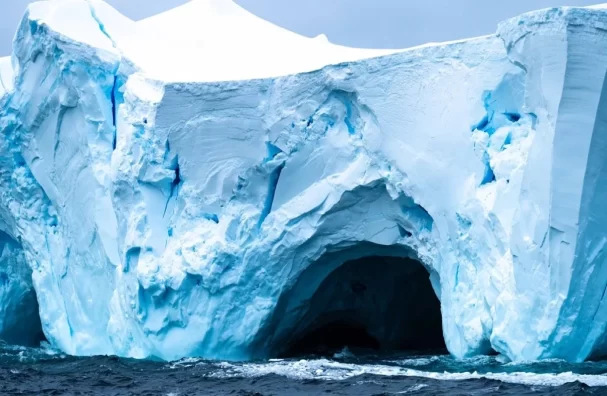
Antarctica, the icy behemoth at the bottom of our planet, holds untold secrets and mysteries. Among these enigmas is the Ross Ice Shelf, a massive slab of ice equivalent in size to France, whose daily movements have sparked serious concerns among scientists.
The Ross Ice Shelf, a behemoth of ice and snow, is the Earth’s largest ice shelf. This icy titan jumps daily, causing a phenomenon known as icequakes. These movements, although seemingly trivial, have raised significant concerns among researchers, given their potential ripple effects.
These daily jumps of the ice shelf are intriguing and potentially alarming. The Ross Ice Shelf’s movements are not just minor shifts; they are leaps and bounds that could lead to significant repercussions. This section will delve into the reasons behind these movements and why they matter.
The daily movements of the Ross Ice Shelf could potentially trigger ‘icequakes’, a kind of seismic activity unique to icy regions. These icequakes can cause the ice shelf to crack or break, leading to devastating consequences. We’ll explore these potential effects in this section.
It might surprise you to learn that the Ross Ice Shelf is not a static entity. The forces causing these movements are complex and multifaceted, ranging from wind patterns to ocean currents. In this section, we’ll delve into these causes and explain their effects.
Monitoring the Ross Ice Shelf’s movements is a challenging task. Scientists employ a variety of innovative techniques and technologies to keep a watchful eye on this icy giant. This section will detail these methods and their importance.
The Ross Ice Shelf’s behavior is not entirely unprecedented. History shows us that ice shelves have moved, cracked, and even collapsed in the past. By looking back at these historical events, we can gain insight into the current situation.
The Ross Ice Shelf is not the only ice shelf exhibiting movement; other ice shelves around the globe are also showing similar traits. By comparing the Ross Ice Shelf with these other ice shelves, we can gain a broader understanding of the phenomenon.
There is no denying the impact of climate change on our planet’s ice shelves. Rising temperatures and changing weather patterns are causing ice shelves to behave in new and unpredictable ways. This section will explore the link between climate change and the ice shelves’ movements.
What does the future hold for the Ross Ice Shelf and other ice shelves around the world? This section will delve into scientists’ predictions and the potential consequences of continued ice shelf movement.
Ice shelves play a crucial role in maintaining global sea levels. As they move and potentially crack or break, they could contribute to rising sea levels, with significant implications for coastal areas. This section will explore these potential impacts.
Despite the concerns, research into the Ross Ice Shelf’s movements is ongoing. Scientists are working tirelessly to understand this phenomenon better, with the hope of predicting and mitigating potential negative effects. This section will highlight some of this critical research.
